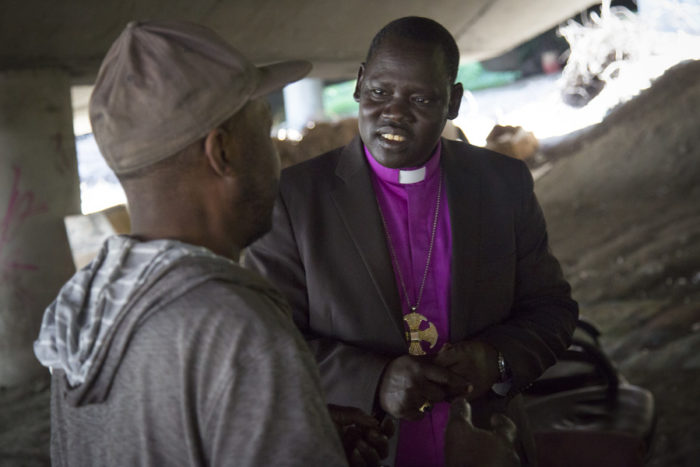
As a part of “Homeless in Seattle,” a day-long project during which roughly a dozen local news outlets have joined forces to shine a spotlight on homelessness, the Seattle Globalist has rounded up some of our best reporting in recent years about this crisis. These articles tell the stories about an emergency that has grown increasingly drastic over time, but also the tales of those fighting to overcome their circumstances and others who have found real solutions for change.
These stories also show that while Seattle’s homeless population experiences unique challenges, our city reflects issues that have yet to be solved across the nation and world. Follow #SeaHomelessness to read more throughout the day.
The Jungle shows Seattle’s not immune to global poverty
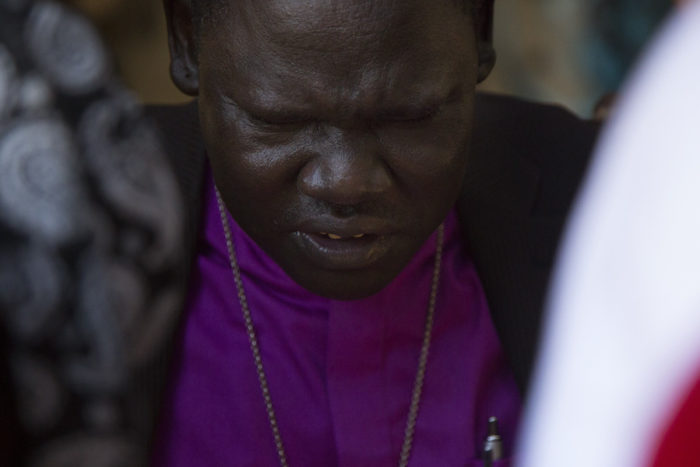
“When we’re back in South Sudan, we hear that America is a rich country,” Bishop David Kuol, from a parish in South Sudan, told The Seattle Globalist this year, “And we didn’t know that there were actually people who would live in a jungle, who would be homeless.” Between the 1980s and 2000s, some South Sudanese became the “Lost Boys,” a generation of child refugees who came to the United States during the Sudanese Civil War. About nine of these lost boys live in Seattle’s The Jungle, sharing the struggles of other homeless people living in Seattle of inadequate shelters, being brutalized on the streets and the never-ending search for affordable housing. Their stories show that while we may come from very different places, our universal understanding of suffering links us.
Tukwila kids go hungry and homeless in Seattle’s Shadow
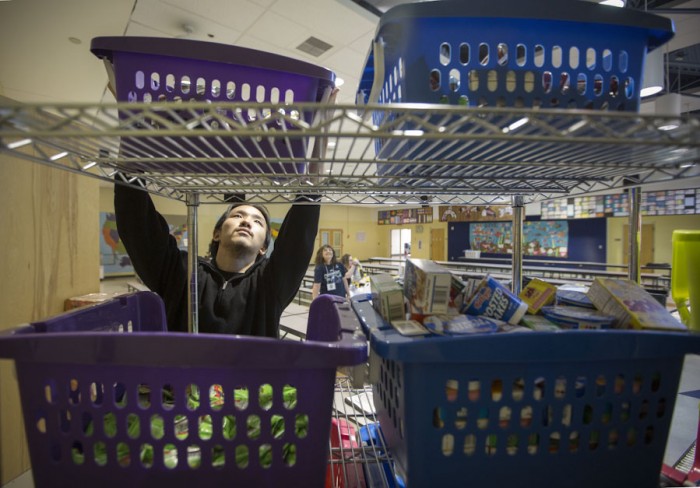
64 students at Thorndyke Elementary school in Tukwila.
Elementary school kids’ greatest concerns should be about who should play first in kickball or how to make new friends. But for most at Thorndyke Elementary school in Tukwila, kids are in constant fear of not having food or not having a safe place to sleep. The majority of the students are living in poverty and almost 20 percent are homeless or experience housing insecurity. The rising cost of housing is the main cause of increasing numbers of homeless students at Thorndyke, as rent increases can be devastating to families living to paycheck to paycheck. While it doesn’t solve the problem, Thorndyke’s special programs, which include food backpacks, clothing swaps, job fairs and housing info sessions, help take some stress off these kids and their families.
Sri Lanka offers dark lessons in addressing homelessness
In 2010, beggars in Sri Lanka were violently murdered on the streets. With a few exceptions, Seattle’s homeless populations are not targets of brute killings. But that does not mean Seattle and the United States don’t have a few similarities with Sri Lanka, as both largely perceive homeless people as a nuisance. This article illustrates how treatment and perceptions of marginalized populations can lead to a dark, and even fatal, path.
Trauma trickles down: Confronting the dark legacy of American Indian boarding schools
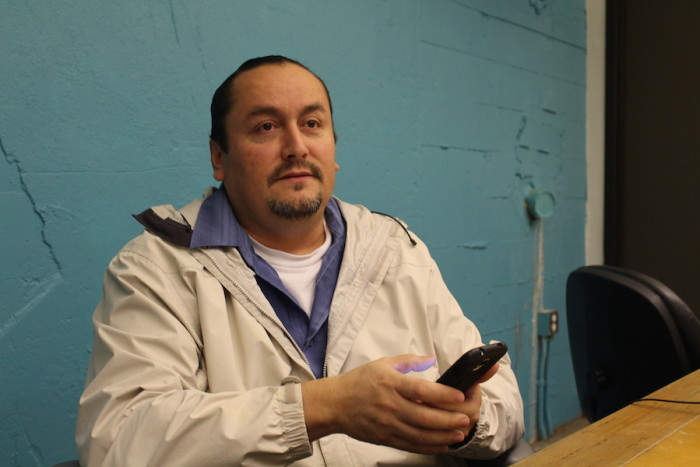
Back in October 2015, the Seattle City Council unanimously passed a resolution to acknowledge the intergenerational trauma that American boarding school policies caused in indigenous communities. A cycle of abuse perpetuated in boarding schools, in which children were separated from their families and taught to be ashamed of their culture and identity, continues within Indigenous communities today. It’s a big reason why rates of homelessness and drug abuse are disproportionately higher for Native people than for the general U.S. population. Organizations such as the Chief Seattle Club, which provides support for homeless and low-income indigenous people, are helping homeless indigenous people break the cycle of trauma through communal healing and holistic approaches.
Photo Series: Homelessness—the level of life

Visiting photographer Ranak Martin, from Bangladesh, took a series of photos documenting the hopes, dreams, struggles and heartbreak of homeless youth living in Seattle. Every year, an increasing number of youth across the nation are pushed to the streets — some because of their own actions and others because they were victims of economic hardship, sexual abuse or family breakdowns. In a collection of black and white snapshots of homeless individuals in Seattle we can see that homelessness does not put an end to their many aspirations.
How you can help 4000 kids who are homeless in King County
Kayla Blau works as an advocate at Solid Ground’s homeless shelter and transitional housing program for moms and kids escaping domestic violence. She has witnessed the trauma that these families experience and is appalled at how issues surrounding homelessness are overlooked. Blau argues that while tackling these complex issues may seem impossible, there are many ways citizens can affect real change. Voting, educating yourself about the issue, volunteering time or resources and donating to local shelters are some of the simplest options, she says.
Women veterans brave unemployment and homelessness
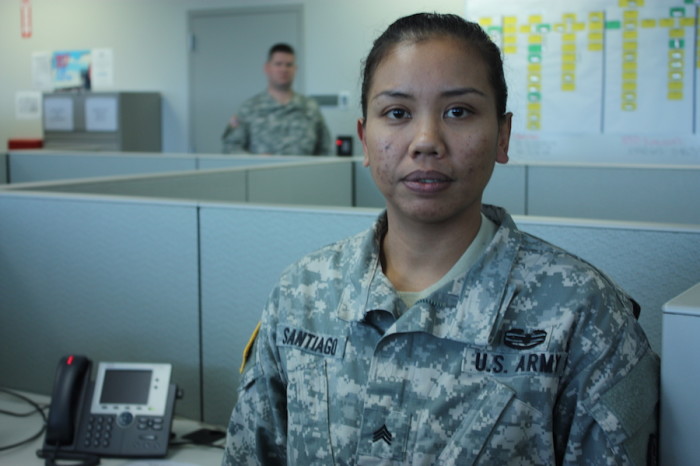
Sgt. Mutiara Santiago is just one of many women veterans who became single mothers, unemployed and homeless after their service. While there are shelters for men who have served in the military, homeless women veterans face unique challenges because there are no emergency shelters specifically for women veterans in King County. According to Santiago, some homeless shelters are mostly for single people, not women with children. Some women veterans have now triumphed and created their own nonprofit programs to specifically serve the needs of others like them.
A tale of two brothers fighting homelessness
In this Op-Ed, Mak Okazaki shares the tale of his brother — a man who was homeless and struggled with depression and suicidal thoughts — and himself, a man who works as the executive director for Neighborhood House, a large non-profit social service agency for the homeless. His story contrasts the very different struggles of suffering because of homelessness and the difficulty of helping those who are homeless.
Seattle’s tent cities are a local reflection of global slum housing crisis
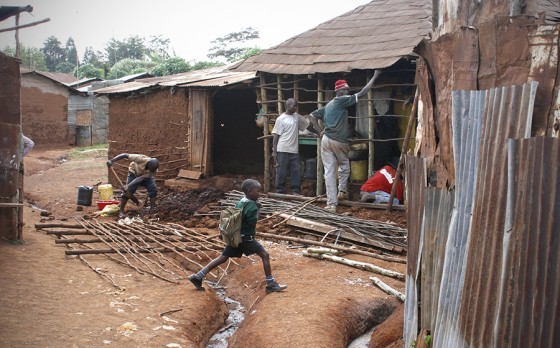
Around the world, nearly 1 billion people live in “slums”—characterized by overcrowding, high crime rates and a lack of basic human rights—and that number is expected to double by 2030. A reflection of these slums can be seen no further than in Seattle’s own tent cities, which had set in motion the creation of other bigger tent cities across America and overseas. These tent cities are a viable lifeline for homeless people, but many don’t have this option and continue to sleep outside. This article was part of our 2013 package Slum Rising.

